FREE Shipping on Orders over $89 with Account – Create One Today!
- (844)-859-9400
- Get Help

✓ Polished eyelets for smooth insertion
✓ Maximum Comfort
✓ Ease of Use
✓ Fast Preparation
✓ Confident Grip
✓ Variety of styles
✓ Protective tip & sleeve
✓ Compact design
✓ With or without collection bag
Showing 1–16 of 84 results
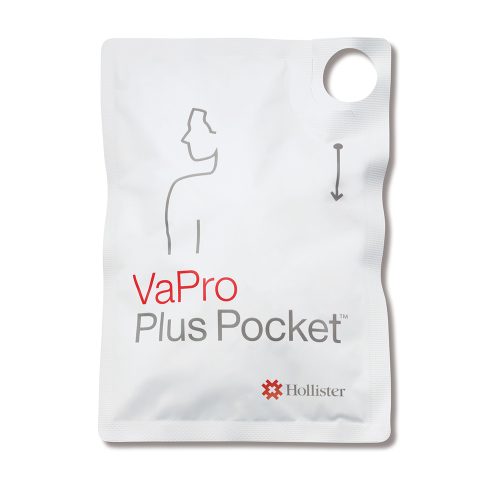

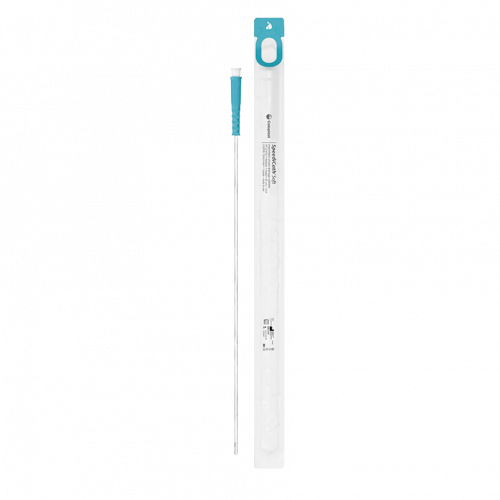

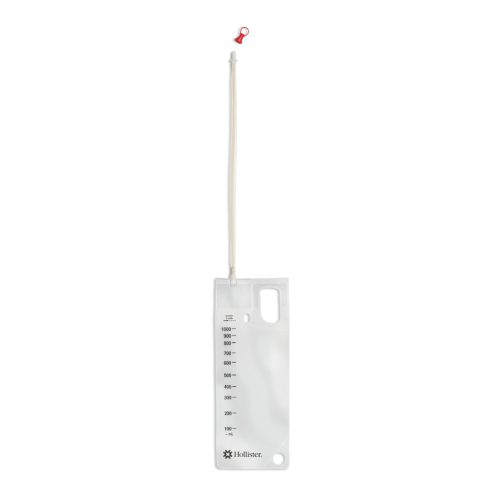

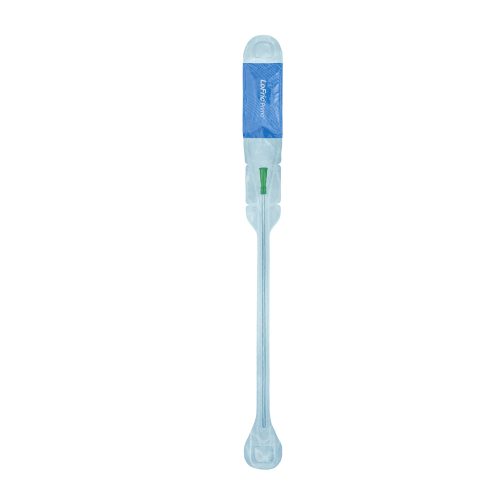

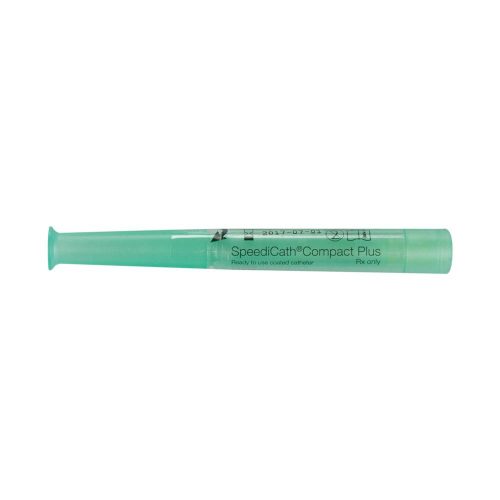
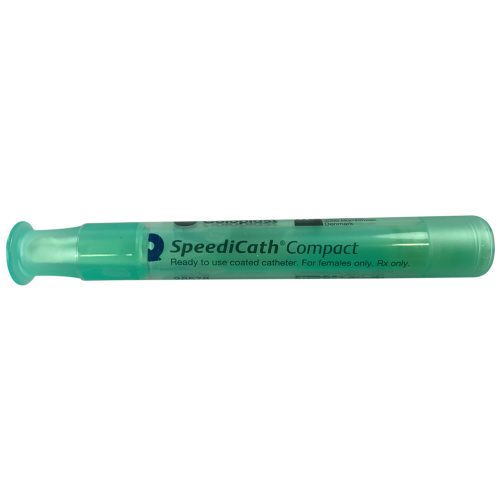
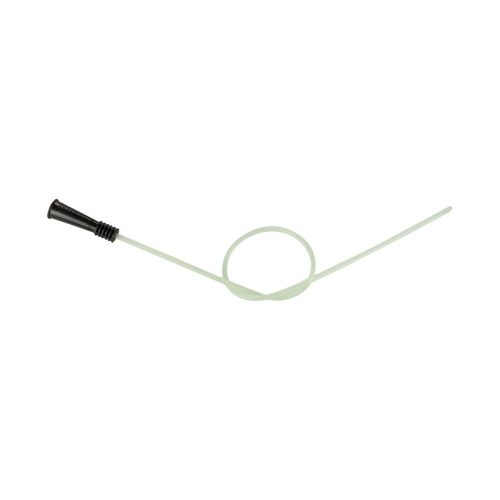



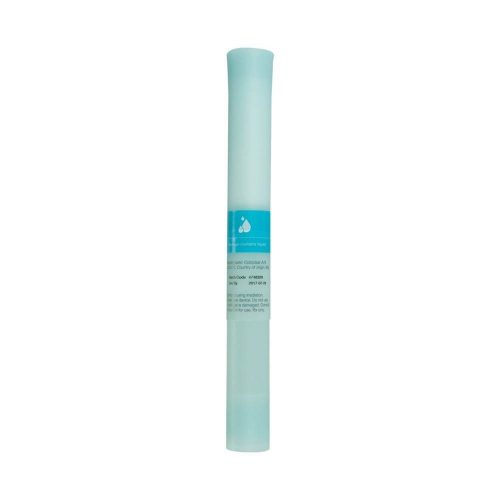
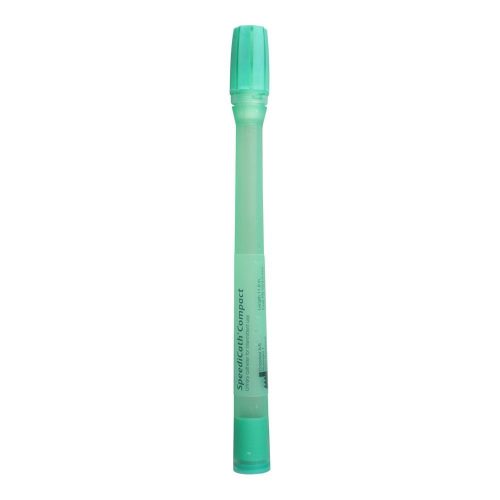
What is an Intermittent Catheter?
An intermittent catheter is inserted when the bladder needs to be emptied, then removed. This is different from an indwelling or Foley catheter, which remains in place for a long period. Many people who cannot urinate on their own prefer an intermittent catheter to an indwelling one because they do not want to wear a leg bag to collect their urine. Intermittent catheterization may be used by men, women and children for a short time after various surgeries or for longer periods due to conditions like dementia or multiple sclerosis.
Types of Intermittent Catheters
Intermittent catheters are made from a variety of materials such as latex, vinyl, PVC, silicone, hydrophilic and polyurethane. Many are coated with lubricant or antimicrobial gel to make insertion more comfortable and reduce risk of infection. Open-system catheters are packaged individually and often come with a protective sleeve to avoid hand contact. Closed-system intermittent catheters, like the Advance Plus, are pre-lubricated and enclosed in a bag to avoid hand contact and reduce infection risk. Once the bladder is drained either into a collection bag or a toilet, most intermittent catheters are discarded. Find catheters for men, women and children of varying lengths from brands like SpeediCath and VaPro.
Choose by Tip Type
Intermittent catheters are often categorized by tip type. The four main tips are:
